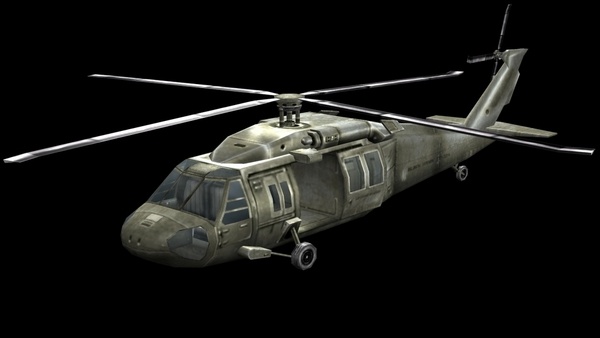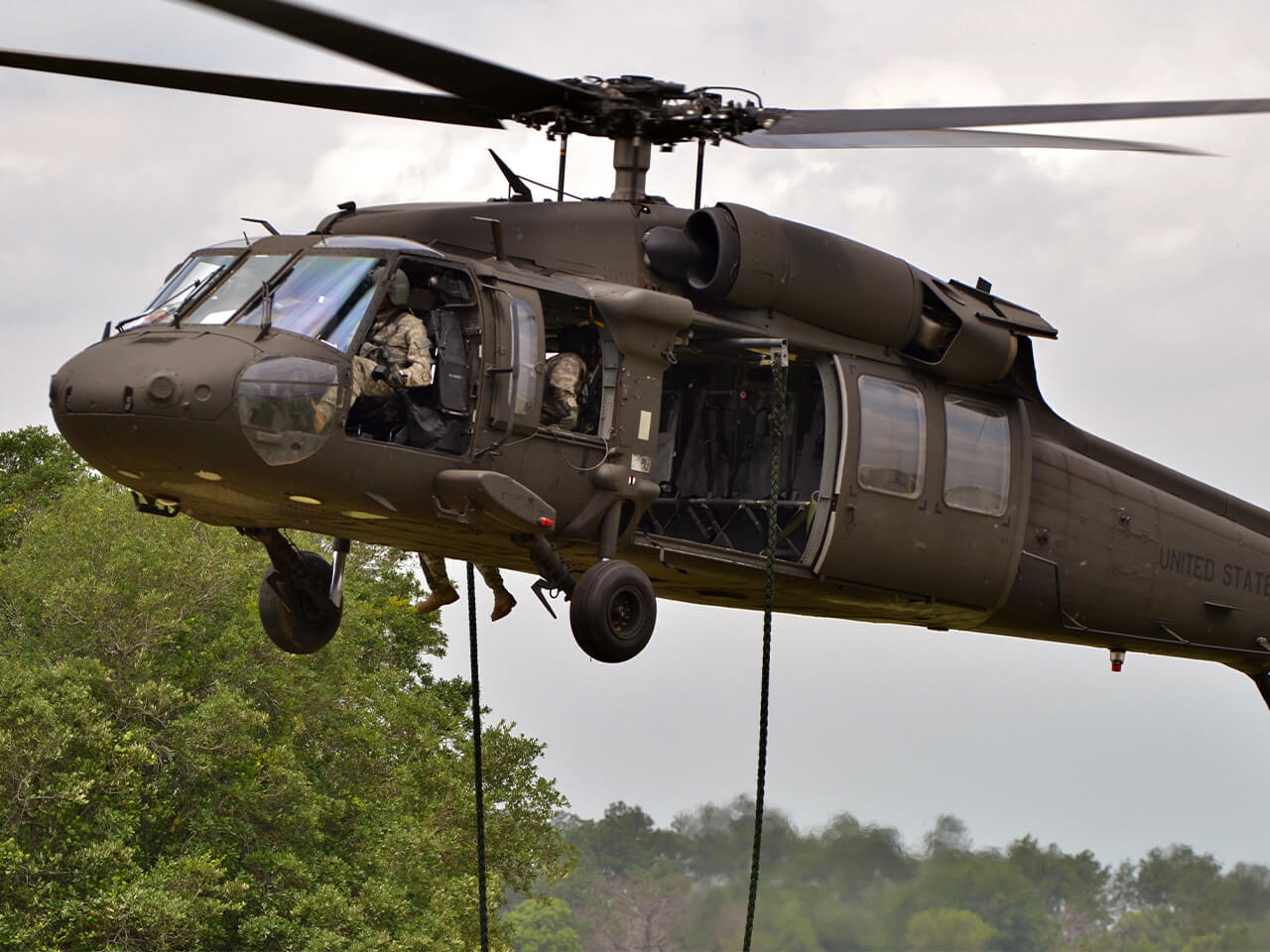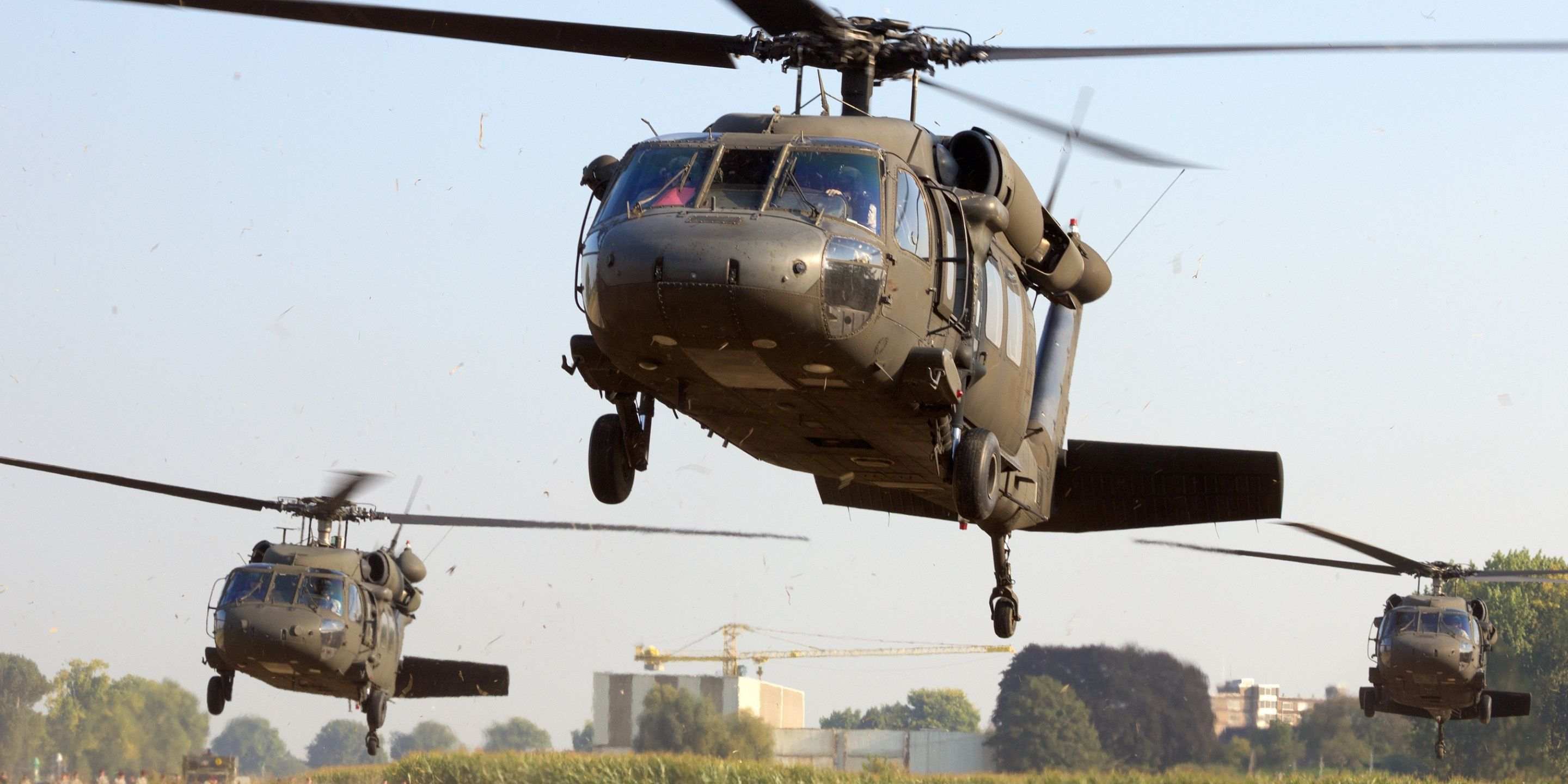Why the UH60 Stays a Criteria in Modern Helicopter Engineering
Why the UH60 Stays a Criteria in Modern Helicopter Engineering
Blog Article
Recognizing the UH60: The Ultimate Armed Force Helicopter Experience
The UH-60 Black Hawk helicopter stands for a critical evolution in army air travel, incorporating durable engineering with multifaceted operational capacities. As we discover the background, specs, and technical developments of the UH-60, it comes to be evident that its role in forming contemporary army approaches is both substantial and far-ranging.
Background of the UH-60
Emerging from the demand for a versatile utility helicopter during the late 1960s, the UH-60 Black Hawk was established by Sikorsky Airplane Firm in reaction to the U.S. Military's need for a modern field of battle transport helicopter. The style process began in 1972, culminating in its very first trip in October 1974. The Black Hawk was crafted to replace the aging UH-1 Iroquois, also called the "Huey," which had actually been a staple of Army air travel given that the Vietnam Battle.

Throughout the years, the Black Hawk has actually undergone various upgrades, keeping its significance in contemporary military operations. Its success has caused the growth of various variants, serving numerous branches of the united state army and allied forces worldwide, establishing the UH-60 as a keystone of armed forces aviation background
Secret Attributes and Requirements
The UH-60 Black Hawk is identified by its advanced style and robust requirements, which add to its versatility on the battleground. This multi-role helicopter includes a twin-engine setup, powered by 2 General Electric T700-GE-701C engines, providing a maximum result of 1,800 shaft horse power each. This powerful engine configuration enables the Black Hawk to reach a maximum speed of approximately 183 knots (211 miles per hour) and a service ceiling of 19,000 feet.
The aircraft's composite rotor blades give exceptional lift and maneuverability, while its four-blade main rotor system improves stability (UH60). The Black Hawk is furnished with innovative avionics, including an electronic cabin and evening vision abilities, guaranteeing efficient procedures in diverse problems. Its cabin can suit as much as 11 troops or carry as much as 8,000 pounds of cargo, making it ideal for different logistical demands
The UH-60's modular design permits very easy upkeep and upgrades, ensuring durability and adaptability in progressing armed forces needs. In addition, its innovative survivability functions, such as crashworthy seats and shield, enhance crew security throughout goals. Overall, the UH-60 Black Hawk stands for a substantial innovation in army air travel innovation.
Operational Roles and Goals
Adaptability is a trademark of the UH-60 Black Hawk, allowing it to execute a vast selection of operational duties and missions throughout various army atmospheres. Mainly made for troop transport, the Black Hawk can carry as much as 11 soldiers and is often utilized in air attack operations, enabling quick insertion and extraction of ground forces in contested areas.

Along with army transportation, the UH-60 is adept at clinical emptying (MEDEVAC) missions. Equipped with sophisticated clinical equipment and personnel, it can quickly evacuate wounded soldiers from the battleground, substantially enhancing survival prices in critical situations. The helicopter also plays a vital duty in logistics sustain, supplying materials, ammunition, and equipment to forward operating bases in austere environments.
Additionally, the Black Hawk acts as a platform for special operations objectives, consisting of reconnaissance and direct activity. Its capability to run in numerous surfaces and its low-flying capacities make it an important asset for units conducting hidden procedures.

Technological Developments
Innovation in aeronautics technology has considerably improved the abilities of the UH-60 Black Hawk, ensuring its importance in modern-day military operations. The helicopter is equipped with advanced avionics systems that provide pilots with superior situational understanding, consisting of multi-functional displays, improved GPS, and advanced surface awareness systems. These features make it possible for exact navigation and goal implementation, even in difficult settings.
In addition, the integration of digital interactions systems enables safe and rapid information exchange between devices, promoting coordinated procedures. The UH-60's updated rotor systems and composite products add to improved performance, providing greater speed, dexterity, and minimized maintenance expenses.
Additionally, developments in tool systems, such as the ability to release precision-guided munitions, boost the Black Hawk's role in combat situations. The helicopter's capacity to support medical emptying missions is also boosted by brand-new medical equipment and technologies, making certain effective patient treatment in transportation.
Lastly, continuous improvements in stealth modern technology and noise decrease mechanisms better strengthen the UH-60's efficiency in concealed operations, enabling it to run in aggressive territories with a lowered likelihood of discovery. Collectively, these technological improvements emphasize the view Black Hawk's enduring importance in armed forces air travel.
Effect On Modern Warfare
Improved abilities of the UH-60 Black Hawk have greatly affected contemporary war strategies and strategies. Its adaptability in troop transportation, medevac operations, and reconnaissance duties has redefined the operational landscape for military pressures. The helicopter's ability to operate in varied settings, from urban settings to rugged surfaces, enables higher tactical versatility, making it possible for commanders to adjust quickly to changing combat zone problems.
The UH-60's advanced avionics and communication systems enhance situational awareness, facilitating real-time knowledge sharing and coordination amongst systems. This capacity is crucial in modern-day crooked warfare, where rapid decision-making can establish the end result of interactions. Additionally, the helicopter's ability for fast insertion and extraction of unique operations pressures has find more information become a hallmark of modern-day armed forces projects, emphasizing rate and accuracy.
In Addition, the Black Hawk's assimilation with unmanned aerial systems and other innovative modern technologies indicates a shift in the direction of multi-domain procedures. As a result, the UH-60 not only serves as an essential asset in traditional conflicts but likewise plays a pivotal function in counterinsurgency and peacekeeping missions, highlighting its enduring influence on modern armed forces doctrine and the evolution of warfare.
Final Thought
The UH-60 Black Hawk represents a peak of armed forces aeronautics, defined my explanation by its convenience, advanced engineering, and durable design. Continuous technological innovations and enhancements have additional strengthened the Black Hawk's tactical relevance, making it possible for fast reaction and flexibility in varied fight situations.

Advancement in air travel technology has significantly enhanced the capabilities of the UH-60 Black Hawk, ensuring its relevance in modern-day army operations.The UH-60 Black Hawk represents a peak of armed forces aeronautics, defined by its flexibility, advanced engineering, and durable layout.
Report this page